1Learn the fundamentals of academics through art
Through through arts such as singing, music, dance, crafts, and drama, we nurture the ability to observe, analyze, and relate various matters while enjoying the creative process.
Through the process of discussing with friends, creating together, developing ideas, going outside to investigate, and presenting in front of everyone, children develop a desire to “give it a try” and acquire knowledge, skills, and social skills on their own through many small mistakes. We believe that art is suitable as an educational tool for the style of learning through hands-on creation by children.
The skills acquired here will be fully demonstrated in a further developed form in UOI (inquiry-based learning) and STEAM (science, technology, engineering and manufacturing, arts and liberal arts, and mathematics) classes beginning in our elementary school.
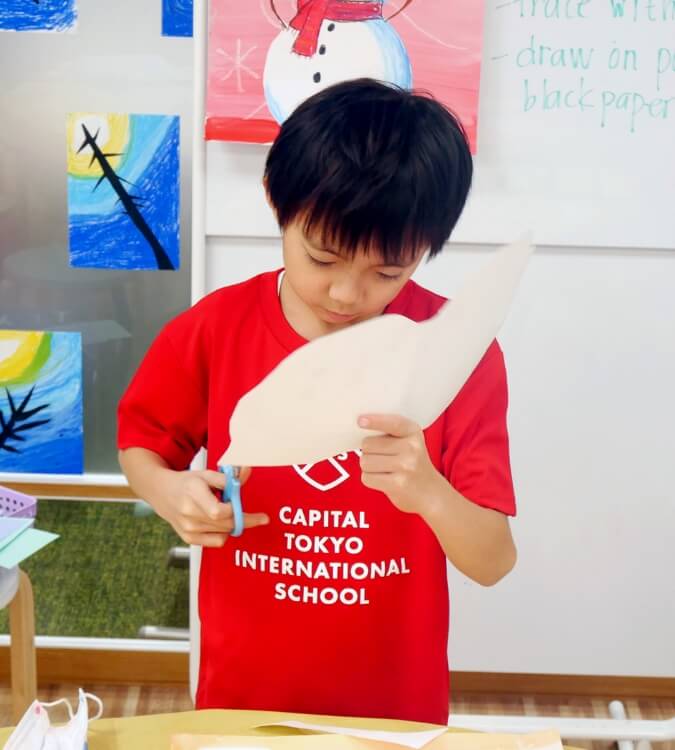
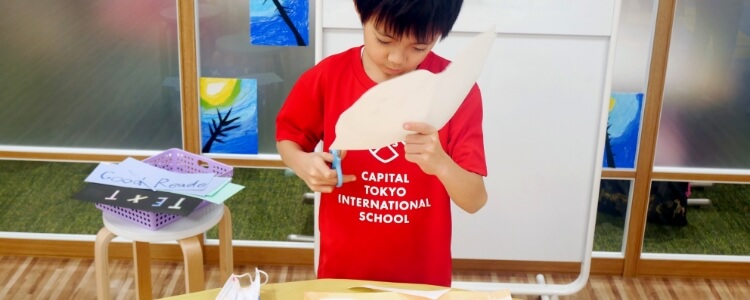
2An environment for learning in English without sacrificing your native language
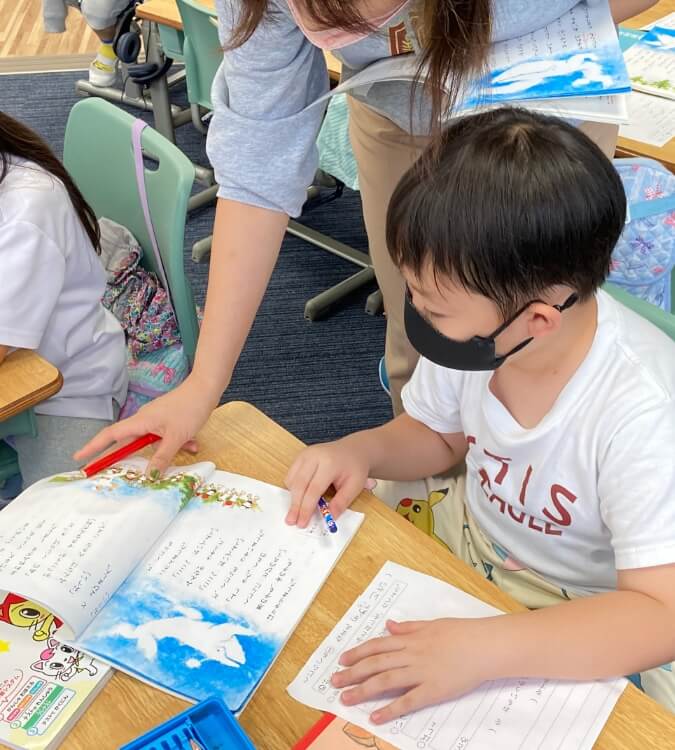
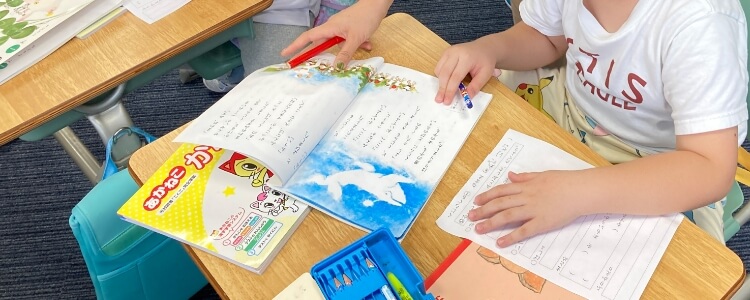
Most daily activities are conducted in English. As an international school, we provide education not to learn English, but to develop the ability to learn using English. It is similar to the process in which young children in English-speaking countries naturally and correctly acquire the four skills of English through daily activities.
On the other hand, IB education, which CTIS seeks to become accredited for, requires that each student learn the language and culture of his or her home country. Japanese nationals graduating from high school are required to have mastered the four skills of Japanese at a level sufficient for university study and for the business and social environment.
Therefore, at CTIS Kindergarten, time is set aside for Japanese language study, and play and practice are incorporated to enable students to use age-appropriate and correct Japanese. We also begin to practice writing hiragana and katakana according to individual interests and abilities, preparing them for the Japanese curriculum in our elementary school.
3Inquiry learning across multiple academic subjects
The IB elementary program, the PYP’s signature Unit of Inquiry (UOI), is adapted for Kindergarten students, While there is some time for knowledge input on a topic, the majority of time is spent doing research, thinking, discussing, and presenting on their own, without a textbook. By experiencing this program, students come to recognize science and social studies not as “independent subjects” but as “subjects of inquiry that are connected to the world in which they live.
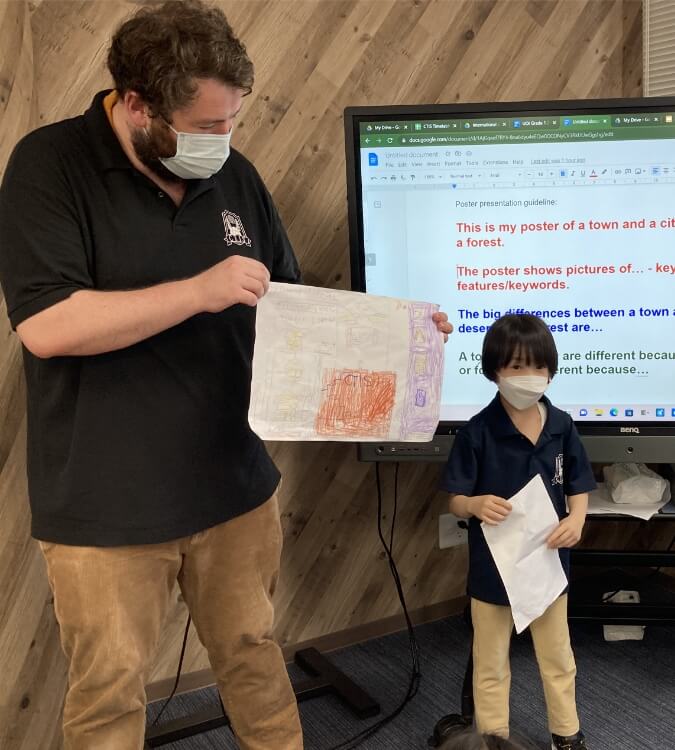
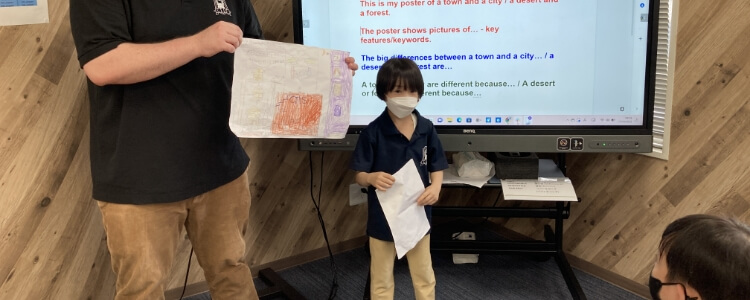
4Acquiring social-emotional skills

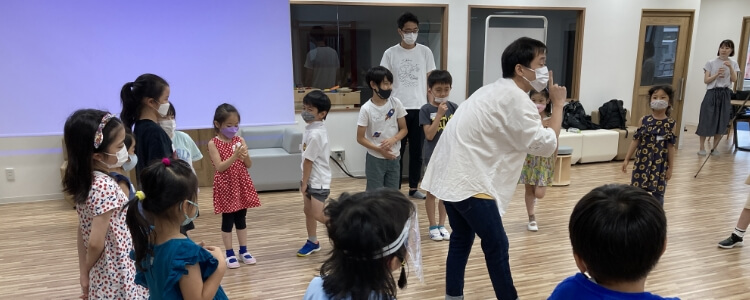
Social and Emotional Learning (SEL) is about children and adults learning to acquire and effectively practice the knowledge, attitudes, and skills necessary to understand and manage their emotions. It is also an integral part of the IB program, as it helps to develop skills that will be useful in empathy and sympathy toward others, building and maintaining positive relationships, and making responsible decisions.
In addition, as students learn how to communicate effectively through role-playing and puppet shows, learn how to cope with stress by experiencing yoga and meditation, and learn about diversity by discussing different cultures and traditions, they learn non-cognitive skills such as self-esteem, motivation, empathy, self-control, and social skills. and social skills.
5Learning Chinese language and culture
In addition to Japanese and English, CTIS offers students the opportunity to learn Chinese as a third language in order for them to learn a language rooted in the culture of a country or region, in addition to English as a tool for global communication, so that they will not just passively understand other cultures, but will be able to approach and interact with them on their own. The purpose is to acquire the attitude to approach and interact with different cultures on their own, rather than passively understanding them.
Understanding culture is deepened by understanding it through its language. We hope that through exposure to the Chinese culture and language, which have been closely related to Japanese culture since ancient times and are familiar to children, they will discover the differences and similarities between the two cultures.
In kindergarten, children are introduced to Chinese culture and language through games, reading books, songs, and other activities.
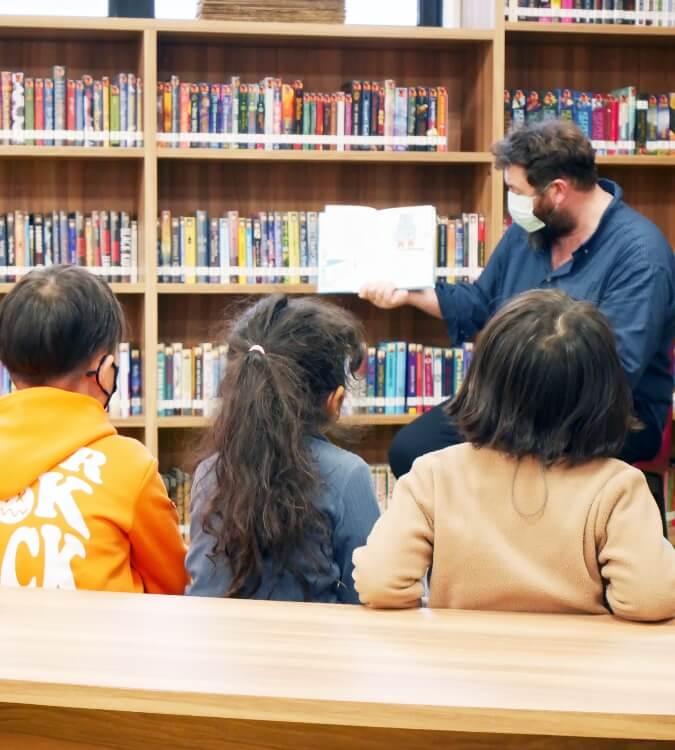
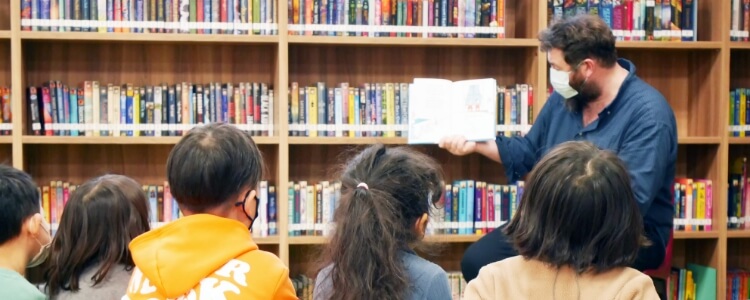
6Playing and learning Maths
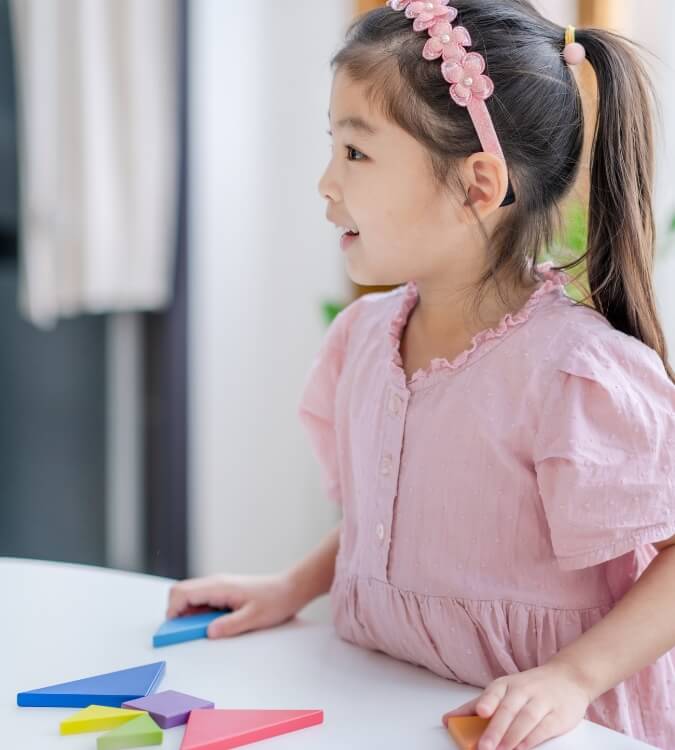

The math curriculum starts with activities that get children interested in numbers. Instead of a classroom or studying style, children are exposed to elements of math while having fun, such as measuring lengths during play with blocks, deepening their understanding of shapes, and counting the number of jumps on the rope during physical activity, so that the fundamentals of math are acquired naturally.
From K4, students begin writing numbers and simple addition and subtraction, and because the CTIS Kindergarten program does not use mathematics as a stand-alone subject, but rather puts math concepts into the context of making things and playing, it positions mathematics as an active, everyday discipline that is not just about facing a series of numbers and symbols.
7Body development and PE
Physical education activities at CTIS Kindergarten are not just for indoor and outdoor play, but are offered as a curriculum that contributes to the healthy growth of mind and body, conducted by specialized instructors.
Indoors, children will enjoy gymnastics and dance using the large playroom space, activities in the lush green “Hagukumi Hiroba” garden located within the facility, and outside the school, classes such as soccer and swimming are planned, using outside facilities as well as walking. Taking advantage of its location directly connected to Shibuya Station, we will also make use of the surrounding facilities.


8Dietary education

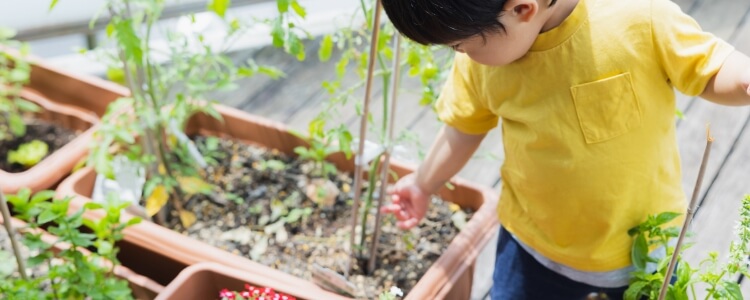
At CTIS Kindergarten, we believe that dietary education is important for both mental and physical health, and we will implement it with great care.
Not only do children learn about proper eating habits and nutrition, but they also deepen their interest in the environment and the changing seasons through food.
At regular meals, the nursery staff will look at and teach children about food from a children’s point of view, aiming to provide an environment where they naturally improve their posture and chopstick use while eating, without being forced to do so.
In our vegetable garden, children learn to cherish food through the fun of growing and harvesting plants. In addition, we regularly hold special lunches that allow children to experience the culture and events of different countries, creating opportunities to understand different cultures through food.
